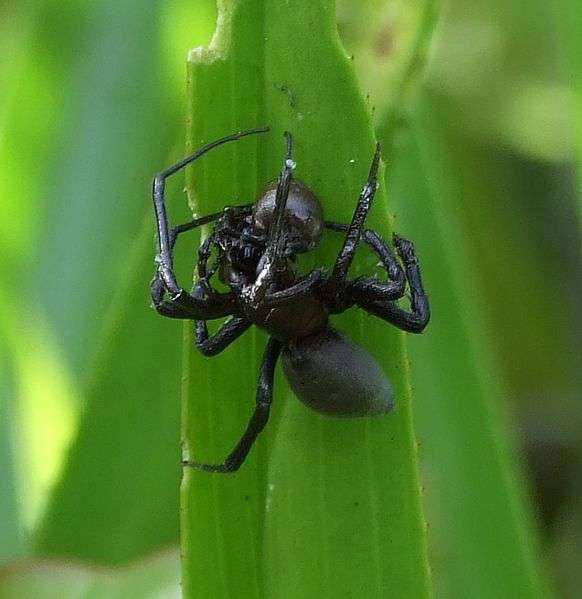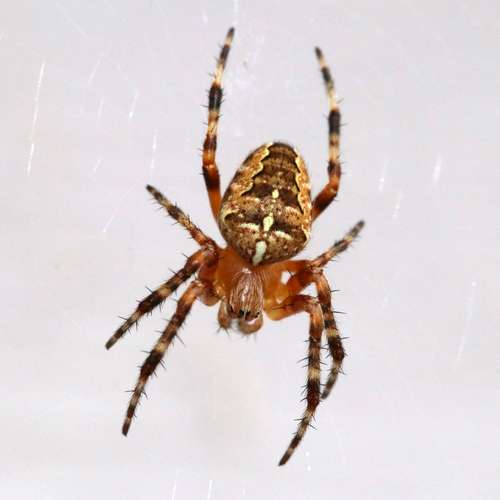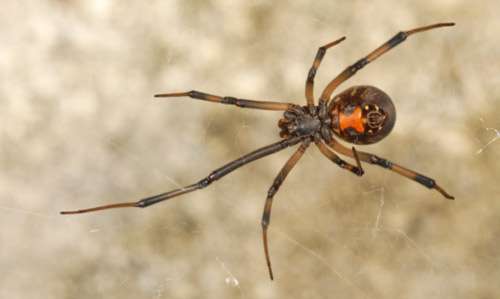
A rigid chamber called a diving bell is used to carry divers from the surface to depth and back again in open water, usually in order to undertake underwater tasks. The open-bottomed wet bell and the closed bell, both of which can sustain an interior pressure greater than the ambient outside, are the two most popular types. Typically, diving bells are raised and lowered from a surface support platform by a winch while being suspended by a rope. The diving bell is not made to move at the passengers’ command or function independently of its launch and recovery system, unlike a submersible.
The wet bell is a device that is lowered underwater to serve as a base or a mode of transportation for a few divers. It has an airtight chamber that is open to the water at the bottom. By applying pressure to the water at the interface, air is kept trapped inside the bell. These were the original diving chambers and are still in use today, albeit modified.
Geographical Distribution
A Palearctic species known as the diving bell spider or water spider, Argyroneta aquatica, can be found from northern and central Europe through Siberia and Central Asia. The subspecies Argyroneta aquatica japonica has been designated for the isolated populations of this species found in Japan.
Habitat
The only spider that spends its entire life underwater is the water spider. It has been discovered to thrive in waters with relatively low pH and dissolved oxygen concentrations, including eutrophic lakes, ponds, swamps, marshes and slow-moving streams. Water plants are essential to water spiders because they serve as attachment sites after diving underwater and anchors for their “bubble nests.”
Description of the body
- Due to the air bubble that surrounds its abdomen, Argyroneta aquatica appears silvery under water. The water spider has a brown cephalothorax and a black, velvety belly when it is not submerged. Like other spiders, the water spider has hairs covering its abdomen, but unlike other spiders, it uses these hairs to create an air bubble around its abdomen. The bubble provides oxygen because a spider’s respiratory system is situated on its abdomen.
- Males range in length from 7.8 to 18.7 millimetres, while females measure between 7.8 and 13.1 millimetres. In contrast to the majority of spider species, this one has a propensity for males to be larger than females. This pattern in the water spider is thought to be caused by the larger males’ superior motility over the smaller males in areas with dense aquatic life.
- The inclination of males to move around more when hunting and looking for mates is hypothesized to have led to the development of larger body size in males.
- There is also some theory that the requirement to construct a nest large enough to function as a brooding chamber, breeding shelter and general shelter limits the size of females. A larger nest would necessitate more energy-demanding excursions to the top for air because females were observed to bring air to their nest more frequently than males.
- In comparison to females, males have longer front legs, longer chelicerae and longer body shapes. Males are superior divers to females because of the lengthened front legs.

Feeding Habits
The diet of the carnivorous Argyroneta aquatica varies depending on its environment, but it often consists of water fleas, aquatic isopods like Asellus aquaticus, insect larvae, fairy shrimp, and even other water spiders. Females are sessile ambush predators, while males are typically active hunters.
Reproduction
The male water spider fills its palps with sperm after its last molt and then departs from its diving bell in search of a female. A dude breaks into a woman’s diving bell and drags her into the water. The female indicates her interest in mating after a brief greeting ritual that involves “interplay of legs and caresses”. The two spiders will swim around the region surrounding the bell in a courtship ritual if she is interested in mating. The female will act aggressively and try to eject the man from her house if she is uninterested.
After finishing their wooing swimming, the spiders return to the female’s bell, briefly chase one another, and then start copulating. During copulation, the male gives the female many transfers of sperm. After copulation, the male stays in the nest for a brief period of time before leaving while the female starts to develop an egg sac, which can take many hours.
Importance
Role in ecosystems
The marsh, lake, and pond ecosystems where water spiders thrive benefit from their predatory activities by controlling the number of aquatic insects. These behaviors are especially crucial in waters with low dissolved oxygen and pH levels, which make it impossible for other insects’ predators like fish to survive.
Positive Importance in Humans Life
The amount of mosquito larvae that survive to adulthood is reduced thanks to the water spider’s predatory behavior.
Negative Importance in Humans Life
Except for a painful bite, Argyroneta aquatica has no known negative effects on humans.
As Pet
Keeping a diving bell spider as a pet is not a smart idea because they are wild animals that can bite people and cause serious health problems.
Table





